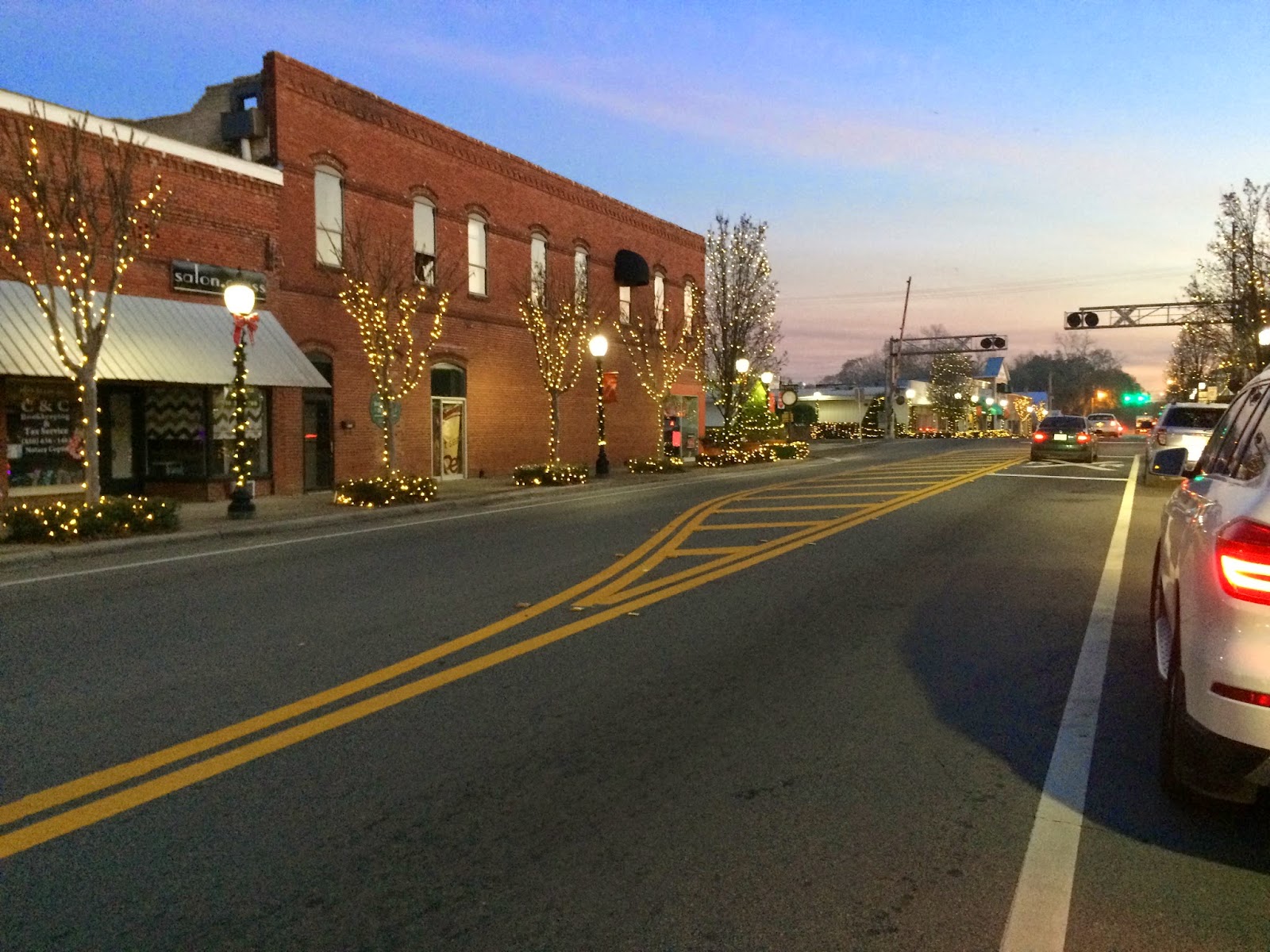The Monarch Butterfly is an amazing creature. From egg through adulthood they rarely live to be 10 weeks old, yet their adult is as different from their juvenile form as a human is different from a squid. (For further information consult Eric Carle's Very Hungry Caterpillar.) The most amazing thing about Monarchs is the unbelievable journey they embark upon every year. Monarchs are by nature a tropical insect that move to avoid extreme temperatures and to follow abundant food sources. During the spring months, Monarchs from Mexico move northward following the springtime growth of milkweed while fleeing the scorching temperatures of the southwest.
Since Monarchs live for less than ten weeks, the Monarchs which leave Mexico can only extend into the southern United States. However, the eggs hatching from these pioneers will extend the Monarch's range into the interior U.S. and their offspring will reach into Canada by the beginning of summer. The Monarchs of the Eastern U.S. spend each summer in a comfortable climate, happily spending their days feasting on milkweed and the nectar of abundant wild flowers.
With the onset of fall, the flowers disappear and the temperatures drop, forcing the Monarchs southward. Most of the Monarchs will arrive in a few select areas of Mexico by the millions to rest through the winter. In Florida those Monarchs who have stored up enough fat in their bodies will fly across the Gulf of Mexico to a rendezvous on the Yucatan Peninsula. Those who've not stored up enough reserves will wait out the winter along a small strip of the upper gulf coast, including St. Joseph Peninsula State Park.
As you might imagine, it was difficult to get a good picture of a Monarch.
We have now left the Monarchs behind for their winter stop and have travelled further north in the Florida Panhandle and further west. Tonight we are at Falling Waters State Park. Besides having a beautiful name, we are spending the night on one of the highest hills in Florida. Situated in a pine forest 324 feet above sea level, it is an intimate park with only 24 sites. I think less than half of the sites are occupied.
After we arrived and unhitched we went into town for some groceries. Chipley looks like it is an old town. The grocery store looks as if it has been there since the 1960's.
The area is rural and we met these horses in the Piggly Wiggly parking lot. They are waiting for their owner to come back with the carrots.
Downtown Chipley with festive holiday lights and decorations.






Thanks for the interesting info re the monarch butterfly. The Piggly Wiggly in Alaskalooks like it was the same vintage as the one in Chipley and it t looked even older on the inside! Judy S.
ReplyDelete